|
Cassin's Vireo, October 25th Cassin's Vireo is a small songbird similar in appearance to the Plumbeous Vireo but with more green on the back and yellow flanks. They breed in the Pacific Northwest and winter in southern Mexico. SE Arizona is in their migration path, so this bird is likely on his way to the warm climes of Mexico for the winter. They eat insects and forage twigs and foliage in a slow and deliberate manner. The image above was the best of the series I was able to get last Thursday. The camera appears to have focused on a branch in front of the bird, putting our subject a bit out of focus, giving us that soft focus Art Deco look of the 1930's. Yeah, I know, out of focus . . . Below are three images of better quality captured at Sweetwater Wetlands in November of 2015. We can see the bird's white "spectacles" and two white wingbars, the forward one being more subtle. A November sighting, this is likely also a migrant who has stopped for a bite on the way to the Mexican Riviera. The middle image shows the bird in mid-hop as he turns to face our right. Black-tailed GnatcatcherBlack-tailed Gnatcatcher, October 25th. Black-tailed Gnatcatchers are small songbirds of the southwest, living year round in desert scrub from SE California, southern Arizona, southern New Mexico, and into northern Mexico. They eat almost exclusively insects, and can live far from water sources. They move quickly in low bushes looking for a variety of insects. The image above was the only one I got of this fast moving bird. Food (understandably) was more important than posing for a bunch of birders. Fortunately I have other images in my library. The photo below was captured also at Agua Caliente almost one year ago, September 2017. Black-tailed Gnatcatchers are gray with a white eye ring, which is easy to see here, and a black tail with white flashes on the underside. Breeding males have a black cap, which we do not see here. They form lasting pairs and protect the same patch of desert year-round. The images below were also captured at Agua Caliente, but in March of this year. Given the bird's habits, it is possible that we are seeing the same bird or birds from month to month in the park.  The white flashes on the tail are easy to see in the images above and below. One final shot shows the bird mid-hop with wings up. These birds are fast. This was shot at 1//1000 second, with the feet and tail fairly sharp with blurring on the wings and head. That's all for now. Happy trails!
0 Comments
Cedar Waxwings, hanging on tight in the wind. Thursday October 18th, was the weekly bird walk at Agua Caliente Park, a Pima County Parks and Recreation activity led by Jeff Babson. In October the walk starts at 8 am by the ranch house. You can sign up in advance at the Pima County website, link here. The 18th was clear but very windy! We were surprised by a flock of Cedar Waxwings hanging on to tree branches as they swayed back and forth in the wind. I had the shutter set at 1/2000 second to freeze the birds and branches as they swung back and forth. It is easy to see ruffled feathers in these shots. Cedar Waxwings are songbirds in the Bombycillidae family, related to the Bohemian Waxwing and the European Starling. They live throughout North America, staying wherever they can find fruit; in mixed woodlands, along streams, or in fields, grasslands, sagebrush, and along desert washes. They travel in large flocks, and will arrive in Tucson from time to time and stay for as long as they can find food. They breed in Canada, traveling south in the winter to feed on ornamental berries. See my post from December 2016 for Cedar Waxwings feasting on berries in Bend, Oregon. For more on their habitat, food and nesting patterns, see the Cornell Website here. Below, portions of the flock at Agua Caliente near the pond, close to the ranch house. Below, a bird caught in mid-hop, checking out a new branch for size. Below, the bird on the right has a mottled breast, characteristic of a juvenile, in the first year of life. (Note correction thanks to Jeff Babson. Originally I assumed this mottling was due to the wind, rather this is a juvenile. 10/27/2018) Below, a bird finds shelter and looks for food in a tree next to the pond. Cedar Waxwings get their name from the Cedar Berries they eat during the winter, and the red waxy tips on their tertiary feathers, a feature I was not able to capture this day. However, we can see the red waxy tips on the two images below, captured at Catalina State Park in March of 2017. For spectacular images of Cedar Waxwings in the Bay Area, see Tom Grey's website. Rufous Winged SparrowJeff Babson spotted this sparrow foraging in low shrubs off of the path on the way to the western ponds. As always, my thanks to him for the excellent walks at Agua Caliente, and this particular identification. The Rufous Winged Sparrow is a resident of the Sonoran Desert in southern Arizona and northern Mexico, with a fairly small range. They tend to stay in one place throughout the year and life cycle. Their nesting behavior is triggered by the first summer monsoon rain, thus they nest later than most species in the SE Arizona region. They are small with a short conical bill and long tail. They have rusty stripes on the head and a rusty stripe behind the eye. The breast is grey and unstripped. There is a rusty (rufous) patch on the shoulder, which is not always evident, and not seen in these images. The Rufous Winged Sparrow is distinguished from its cousins (Rufous-crowned Sparrow and Chipping Sparrow) by a yellow bill, brown streaks down the back, and two black mustache stripes, which we can see in images below. Among these features, the pair of mustache stripes is the most distinctive. This last image, above, shows the long tail. Below, two images captured in our backyard in August of this year. Major credit to my wife DJ who recognized the bird, AND got me out there with my gear to get these images. We can see the rufous patch on the shoulder. Finally, we all know that birds don't dance but the last image below looks like a disco move. But then again, this bird is not old enough to remember disco . . . hip hop maybe . . . . On a more serious note, the Rufous-winged Sparrow is on the 2014 State of the Birds Watch List, because of its declining population due to loss of habitat from grazing and development. That's all for now! More soon. Happy Trails! |
AuthorHenry Johnson, photographer and author of this site. For more detail, see About
Categories
All
Archives
July 2024
|
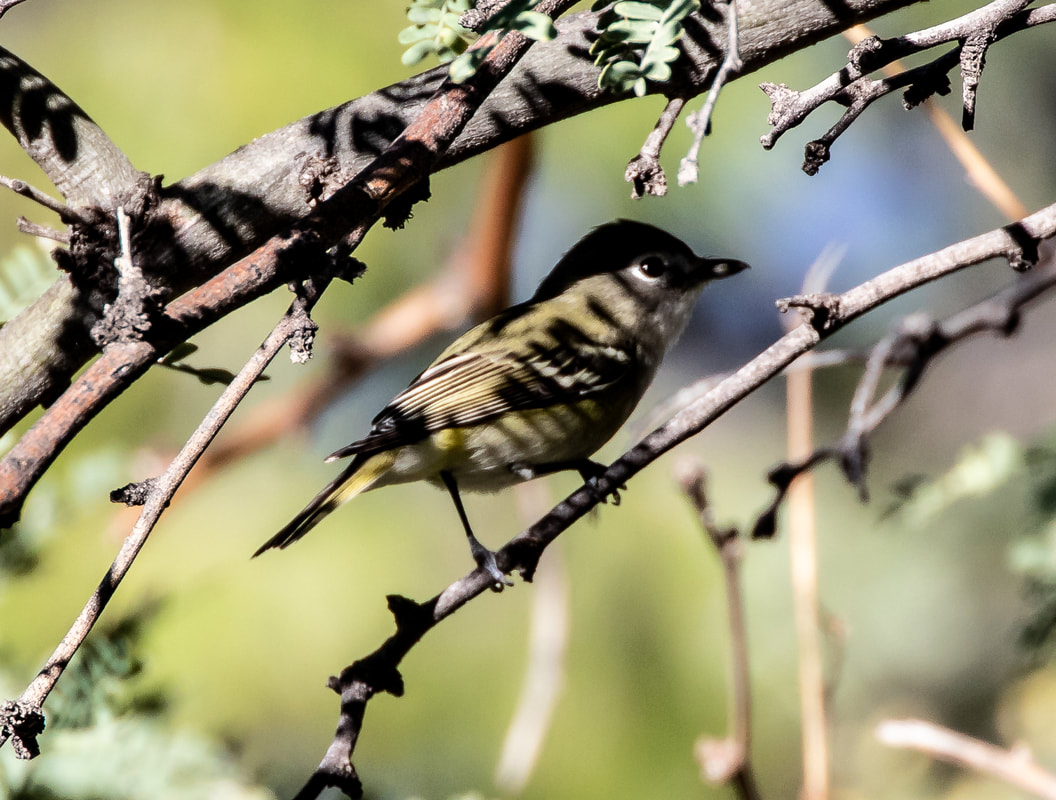





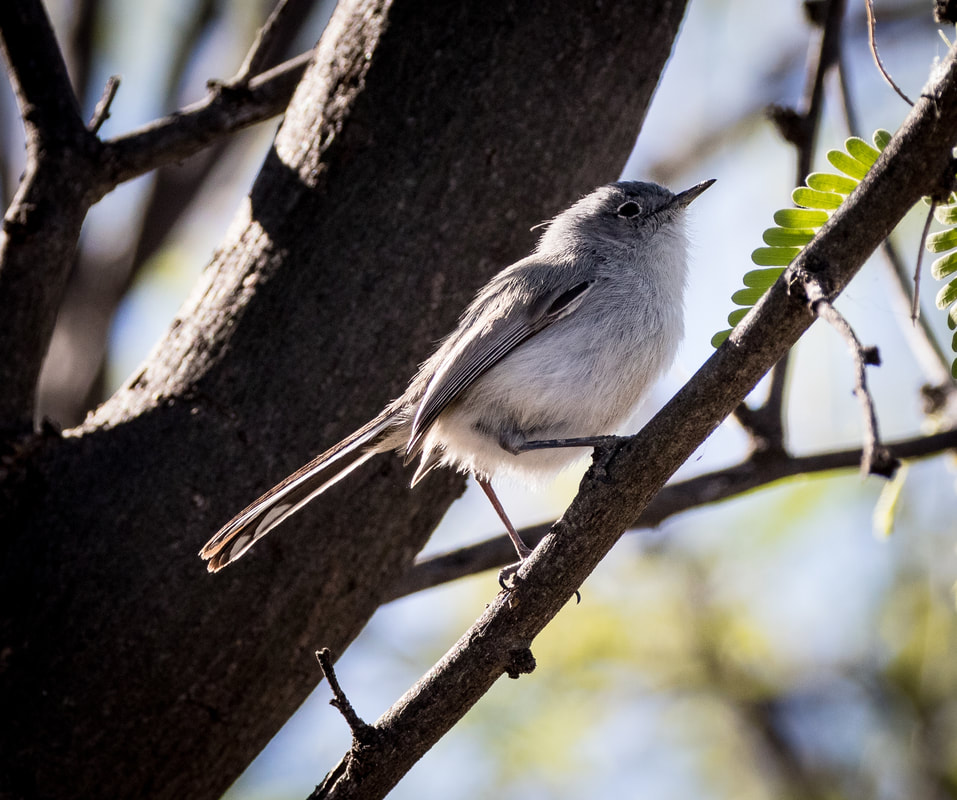




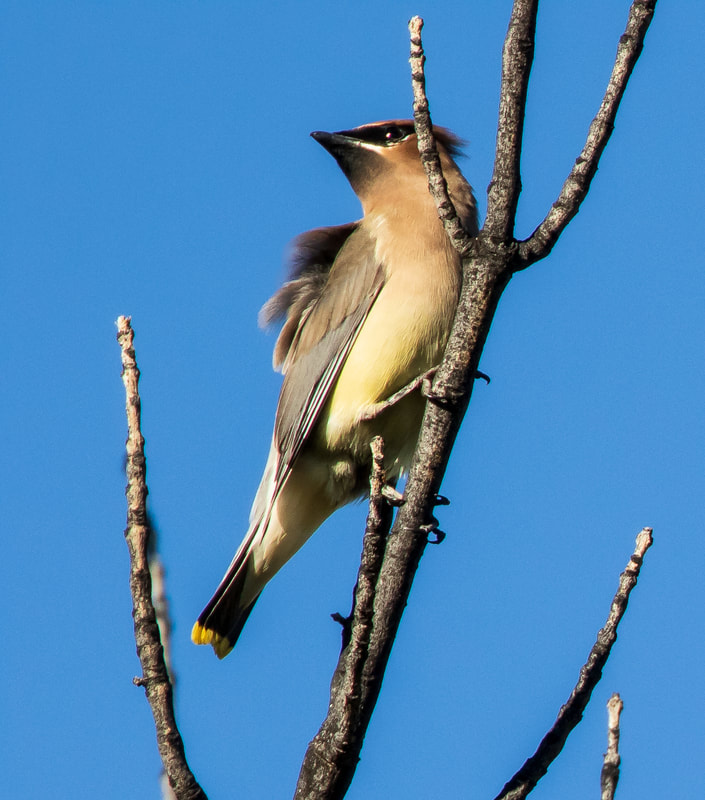
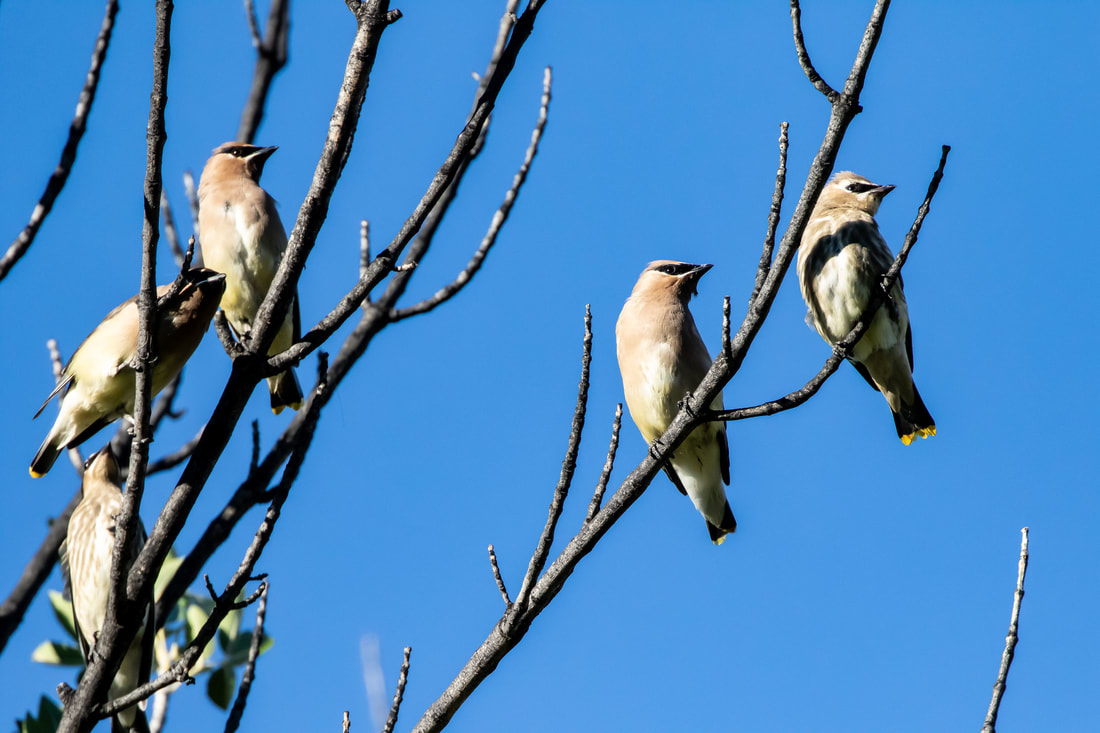
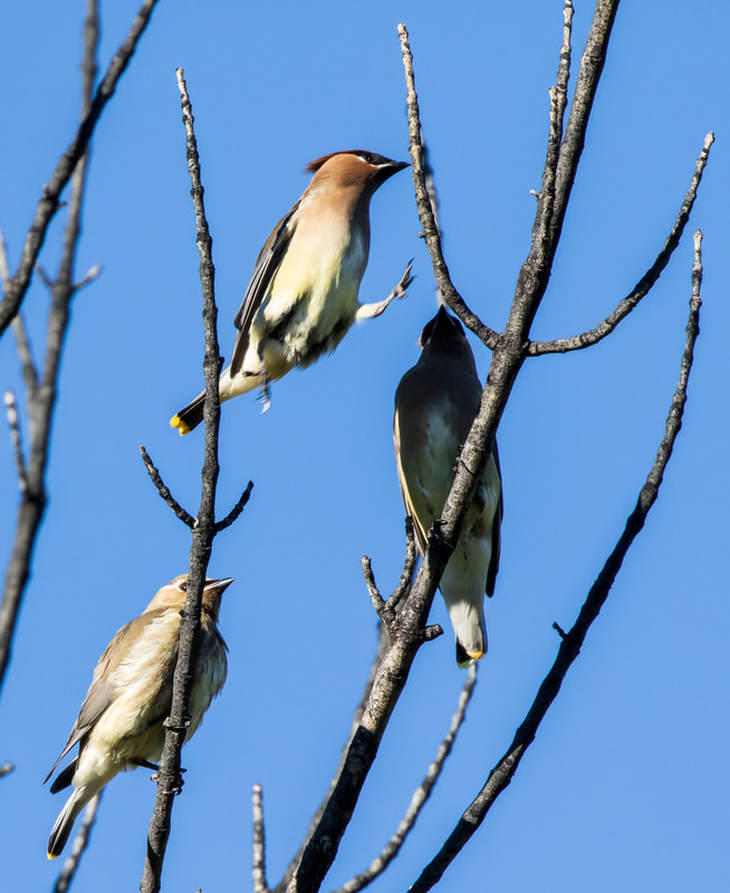








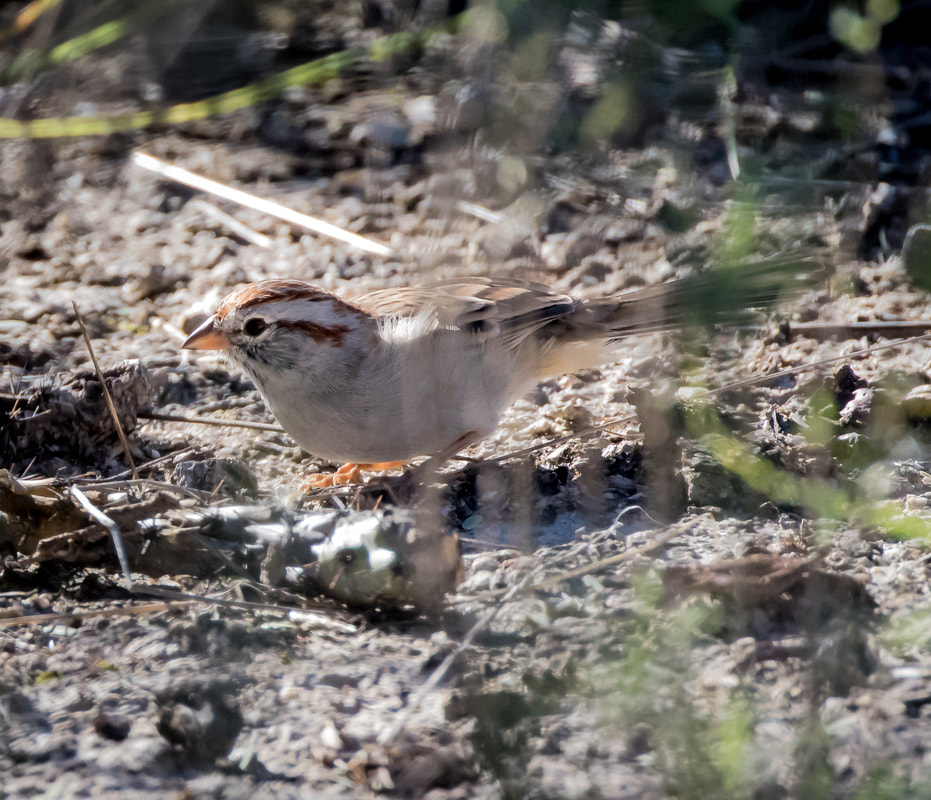



 RSS Feed
RSS Feed